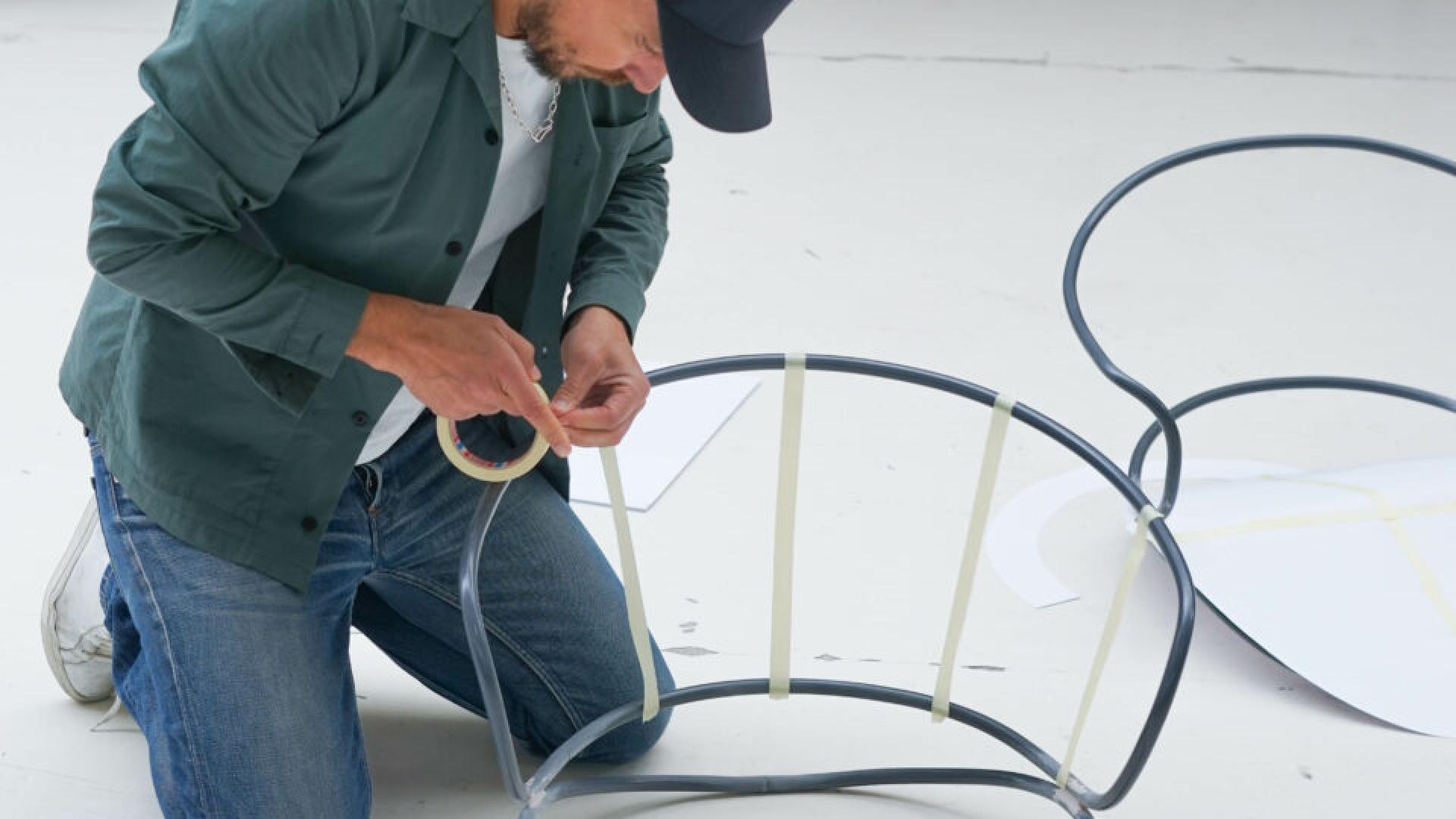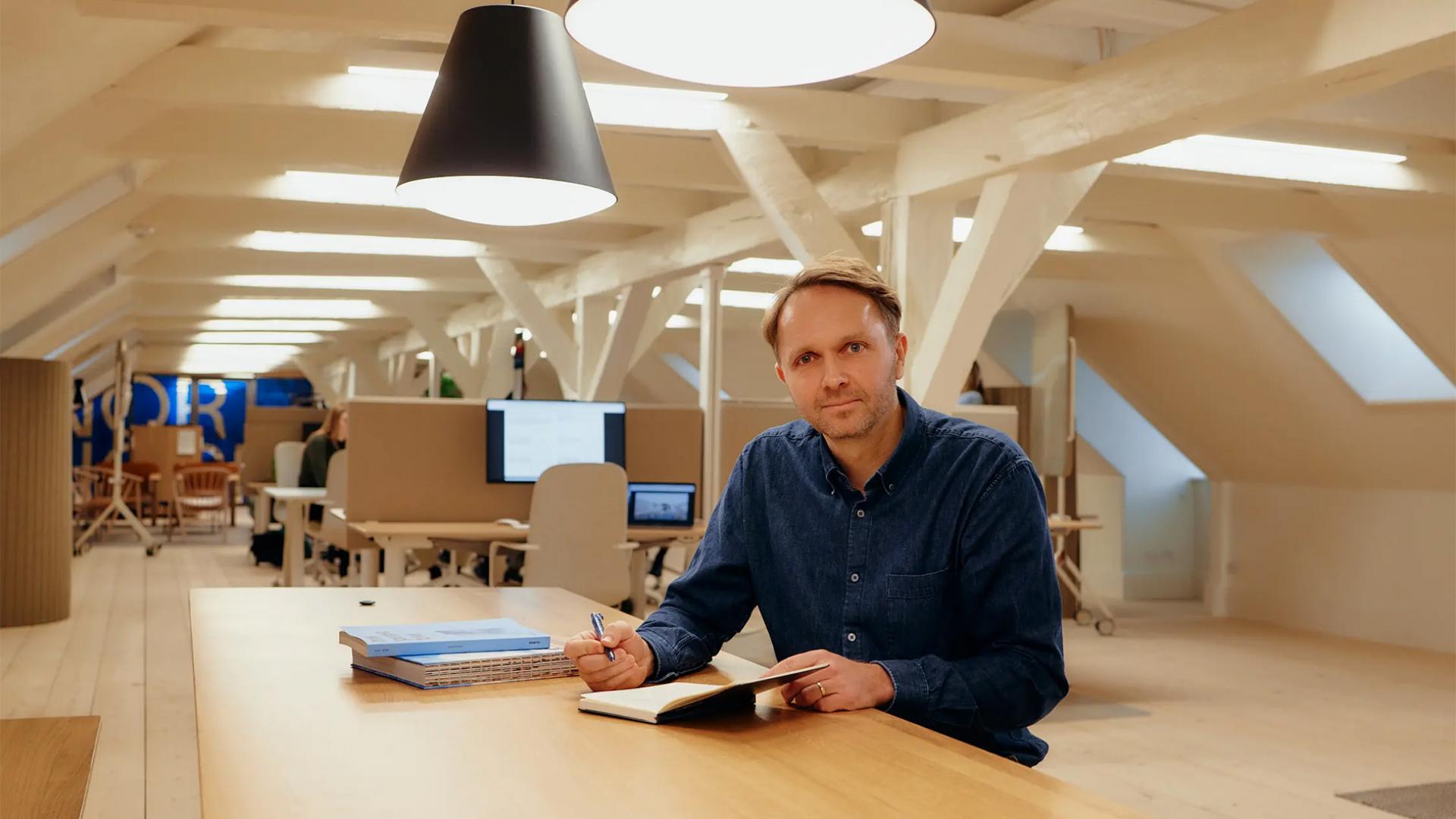Circular Design Contract
To this day, much of the economy still follows a linear model: designers create, manufacturers produce, retailers sell – and users consume. Value is generated through units sold, not through the lifespan or quality of use. This system stands in stark contrast to the goals of the circular economy, which is built on longevity, repairability, reuse, and material recovery.
While circularity seeks to keep products in use for as long as possible, current contractual and remuneration models reward rapid turnover. For manufacturers and designers, developing especially durable, repairable, or modular products is hardly economically viable – their income remains tied to the sale of new units. As a result, the idea of circularity often remains a vision, while practice is dominated by linear business interests.
DDW-Beacon Stefan Diez discusses this with Anders Jepsen of NorNorm. Jan Jongert of Superuse Studios will feed the discussion from architecture and supply chain point of view. Doris Hondtong will add context from her experience with EU-regulations. Moderation by Dymphie Braun. Join us for a debate in the Van Abbemuseum on Monday 20 October. We need your thoughts!
Speakers
Stefan Diez
Stefan Diez is a Munich-based industrial designer who creates products for the circular economy. Since founding his studio DIEZ OFFICE in 2002, the studio has worked across typologies such as furniture, lighting, architectural elements and accessories, bringing together technical expertise, creative experimentation and a rigorous commitment to sustainability. His approach to design is encapsulated in his 10 Circular Design Guidelines.
Anders Jepsen
Anders Jepsen has a successful business strategy and growth background in large global internationals. Before co-founding NORNORM (a fully circular business model, that provides office furniture as a service), he was +15 years in charge of both driving IKEA's expansion in emerging markets as well as global leader for the largest business areas within furnishing accessories.
Doris Hondtong
Doris Hondtong is a researcher and design strategist specialised in sustainable textiles. She has a background in circular product development at Arapaha and on textile recycling within the T-REX (Textiel Recycling Excellence) project. In her current work, she focuses on supporting a circular textile industry.
Jan Jongert
Jan Jongert (Amsterdam, 1971) is architect and applied researcher, he works on tactics to enable the transition to a responsible society. Jongert is mainly concerned with ‘flows’, both in interiors and in urban areas and in industry. He studies how they progress, and he builds new cross-connections and shortcuts that provide ecosystems with alternative new values.
Dymphie Braun (moderator)
Dymphie Braun is an experienced programme maker, facilitator, and strategist driven by the principles of equality and connection. With a mission to use creativity as a tool for social justice, she develops and hosts programmes and talk shows about art, design, digital culture and storytelling.
 Free wifi available
Free wifi available
 Toilets available
Toilets available
 Fully wheelchair accessible
Fully wheelchair accessible
 Wheelchair friendly toilet available
Wheelchair friendly toilet available



